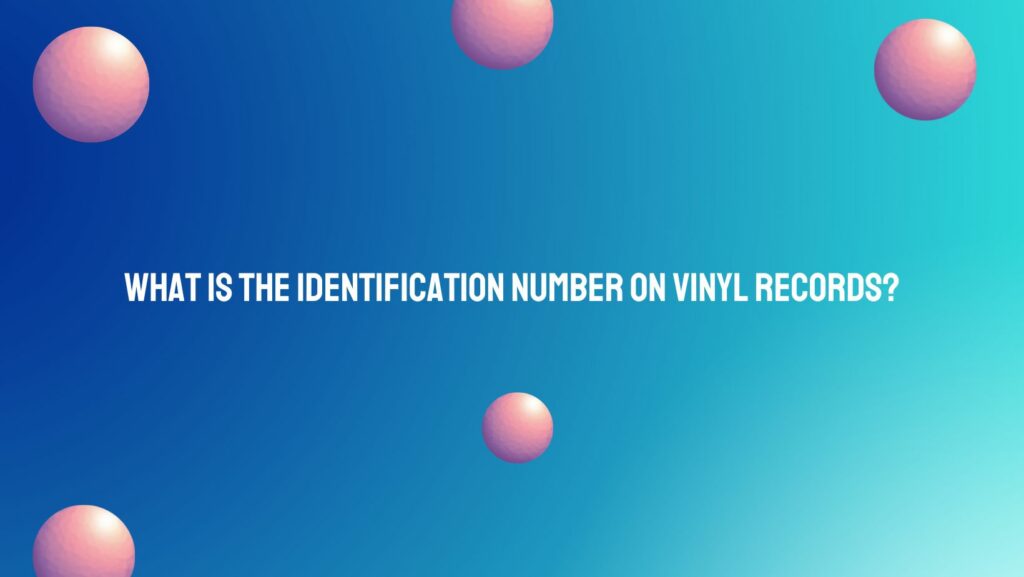Vinyl records have made an undeniable comeback in recent years, captivating audiophiles and music enthusiasts with their warm analog sound. Beyond the rich melodies etched into the grooves lies a small but crucial detail – the identification number. This seemingly innocuous combination of letters and numbers holds the key to unraveling the mysteries of a vinyl record’s origin, manufacturing process, and even its rarity. In this article, we delve into the significance of the identification number on vinyl records, exploring its various elements and the wealth of information it can provide to collectors and aficionados.
Understanding the Basics:
The identification number, often referred to as the matrix or runout code, is etched or stamped into the runout groove area near the center of a vinyl record. This area, also known as the dead wax, is the space between the last track and the label. The matrix code is typically a combination of letters, numbers, and symbols that may seem cryptic at first glance.
Decoding the Matrix:
- Manufacturer Information: The matrix code often contains details about the record’s manufacturer. This includes the name or logo of the pressing plant responsible for producing the vinyl. Different pressing plants may have distinct codes, enabling collectors to trace the record’s origin.
- Catalog Numbers: Catalog numbers, unique identifiers assigned by record labels to distinguish different releases, are often embedded within the matrix. These numbers help collectors differentiate between various editions of the same album or single.
- Cutting Engineer and Studio Information: Some matrix codes include details about the cutting engineer and the studio where the master disc was cut. This information sheds light on the mastering process and can be of particular interest to audiophiles seeking records with superior sound quality.
- Version and Pressing Details: Variations in the matrix code can indicate different versions or pressings of the same record. This is especially valuable for collectors hunting for specific releases or editions.
- Release Date: In some cases, the matrix code may provide clues about the release date of the record. While not always precise, discerning collectors can use this information to establish a rough timeline for a particular pressing.
Collectors’ Insights:
Serious vinyl collectors often become adept at deciphering matrix codes to gain insights into a record’s provenance. Some records may have hand-etched matrix codes, adding a personal touch that can make them even more valuable to collectors.
Conclusion:
The identification number on vinyl records serves as a hidden treasure trove of information, offering a glimpse into the history of a particular pressing. As vinyl continues to enjoy a resurgence, understanding these matrix codes becomes an essential skill for collectors, providing a deeper connection to the music and the craftsmanship behind each record. So, the next time you find yourself immersed in the warm tones of a vinyl record, take a moment to inspect its matrix code — you might uncover a story that adds a new layer of appreciation to your musical journey.

